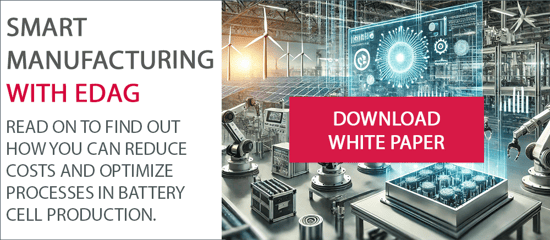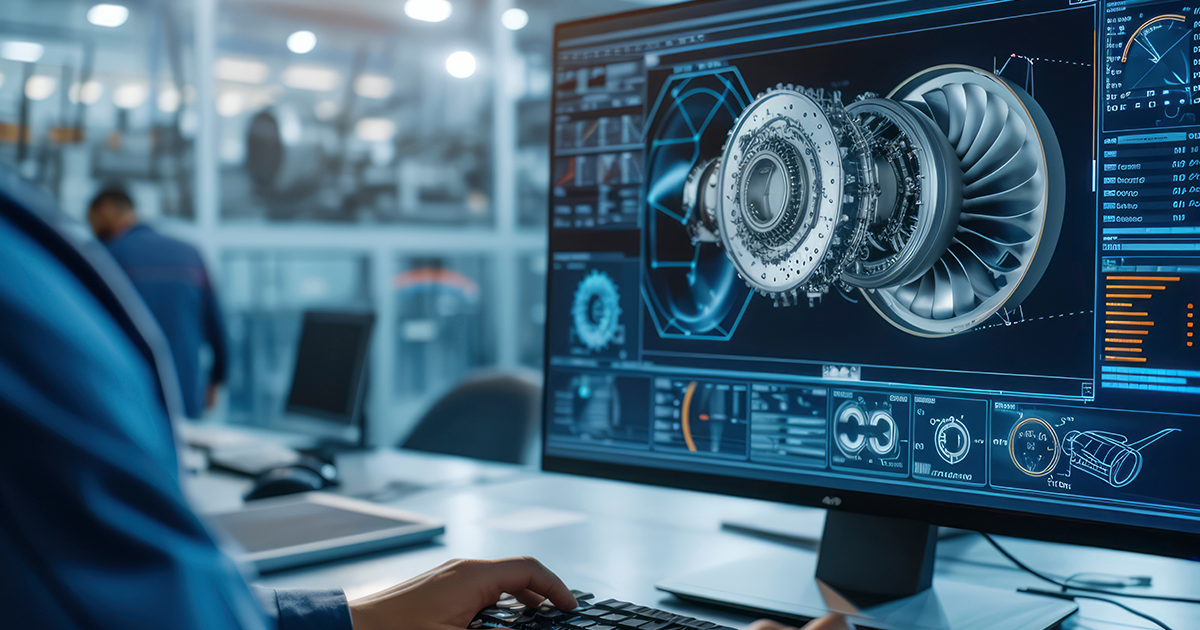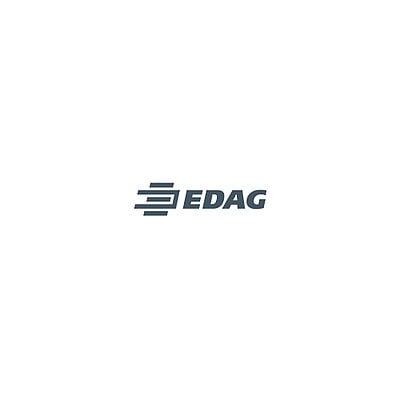Battery cell production is of central importance for the mobility of the future and the energy transition in Europe. The demand for batteries is growing rapidly, mainly due to the growing market for electric vehicles. Stationary energy storage systems are also driving demand. At the same time, Europe is heavily dependent on imports, particularly from China, for battery technology. This dependency jeopardizes the competitiveness of the European automotive industry. Targeted innovation and an efficient and sustainable production strategy offer an opportunity to reduce this dependency.
Status quo: Europe in dependency
Currently, the global market for battery cell production technologies is controlled by Asia (92 percent), while Europe's share is just 8 percent (Source: G. Grandl et al.: Battery Manufacturing 2030). Lithium-ion batteries currently dominate the market due to their high energy density and long lifespan.
The production of battery cells is economically the most important part of the entire battery value chain – and here there is a risk of growing economic dependence for European companies.
To ensure a sustainable battery cell production in Europe, own production plants have to be developed and optimized. Energy-efficient cell chemistries, recyclable batteries and an efficient, sustainable production are fields of innovation that can advance Europe in the global competition.
Saving millions in investment and operating costs
One decisive lever for optimizing battery cell production lies in the early evaluation of innovative technologies and process chains. For example, innovative manufacturing technologies can significantly reduce production space and thus save enormous investment costs. A classic example of this is the introduction of a new coating process such as dry coating, as the following concept layout shows.

Figure: EDAG, layout concept battery cell production
The concept layout shows that innovative production planning - as shown in this example - can save around 8,000 square meters of space. This not only saves space, but also millions of euros in investment and operating costs.
Automation also plays a crucial role. Fictitious model calculations from EDAG Group projects show that, with a raw material requirement for lithium-ion battery cells (NMC811) with an energy capacity of 15 gigawatt hours, scrap rates of up to 50 percent can occur. This corresponds to costs of around 115 million euros for the material scrap of the cathode raw materials alone (analysis period 1 year, raw material price as of 09/2024). The above calculations refer to a cell chemistry that essentially consists of the following: the anode consists mainly of graphite. The cathode contains lithium nickel manganese cobalt oxides in an 8:1:1 ratio (80% nickel, 10% manganese and 10% cobalt) and the organic solvent NMP (N-methyl-2-pyrrolidone). The separator consists of polypropylene and the additive aluminum oxide. The electrolyte consists of lithium hexafluorophosphate and solvents.
The targeted use of automation and optimized production processes can significantly reduce the rejection rate – a major step towards improving the cost-effectiveness of battery cell production.
Digitalisation and process optimisation as the key to increasing efficiency
Digital solutions such as process simulations and the use of digital twins help to identify weak points in production at an early stage and to optimally design production processes. One example of this is the simulation of production processes to reduce the space required and to minimize scrap rates through automation, as mentioned earlier. This not only leads to a reduction in costs, but also to more sustainable production that meets EU requirements.
Co-operations as a competitive advantage
However, the EDAG Group believes that the future of battery cell production in Europe lies not only in innovative technologies and process chains. Equally important are collaborations across the entire value chain. Partnerships between battery cell manufacturers, mechanical and plant engineering, technology providers and system integrators create synergies and strengthen the European competitive position in the global market. Together, new innovation potential can be tapped and the performance of European battery cell production increased.
Creating value for Europe: economic and technological opportunities
Strong European battery cell production not only contributes to independence from Asian manufacturers, but also creates new jobs and strengthens Europe's economic power. It promotes the development of an innovative value chain, which is crucial for the future of e-mobility and the successful implementation of the energy transition.
White paper "Innovative technologies and process chains for a sustainable battery cell production in Europe"
Would you like to learn more about how Europe can compete in the battery cell market?
Our white paper “Innovative Technologies and Process Chains for a Future-Proof European Battery Cell Production” offers insights into the current situation of battery cell production in Europe and shows how more cost-efficient, sustainable and flexible battery cell manufacturing can be realized in Europe. In the white paper, you will find, among other things:
- An overview of the global market structure and forecasts for global battery cell production, as well as challenges for European manufacturers
- Insights into innovative technologies and process chains and their impact on production
- A concept layout (blueprint) of a production plant based on the current state of the art and a concept layout of innovative battery cell production
- Information on a database of innovative technologies for battery cell production
Further develop your production strategy with expert knowledge on innovative technologies and process chains by contacting our expert Philipp Hummel, Senior Manufacturing Engineer. Or download our free white paper "Innovative technologies and process chains for a sustainable battery cell production in Europe" here.
Published on: 18.02.2025
Last updated on: 07.10.2025





